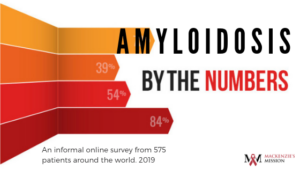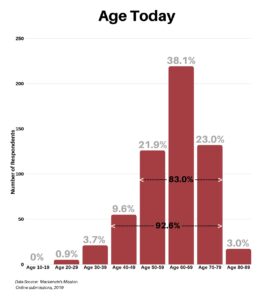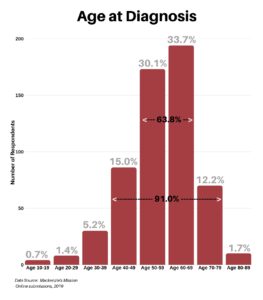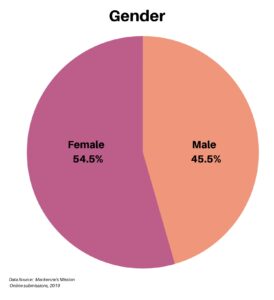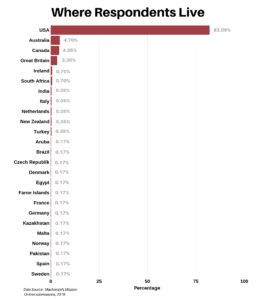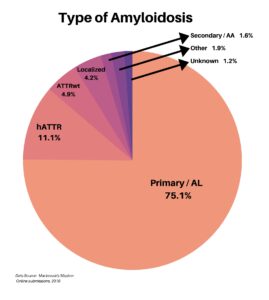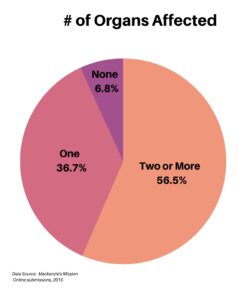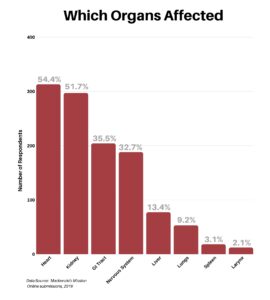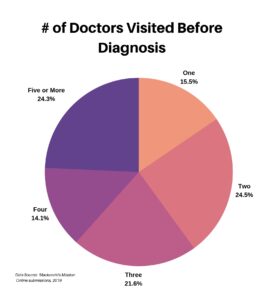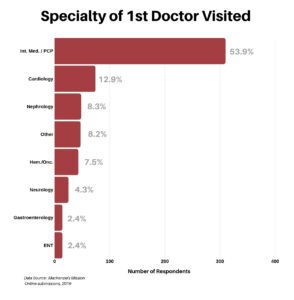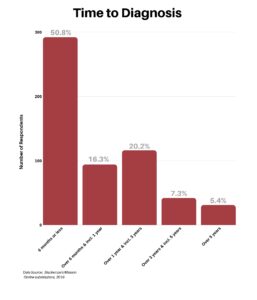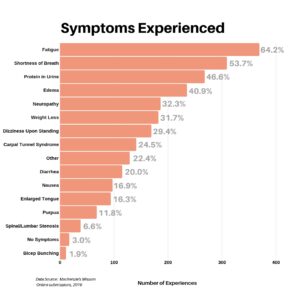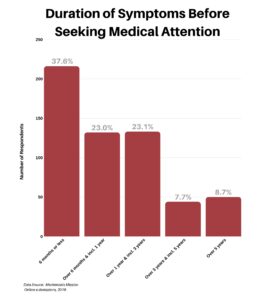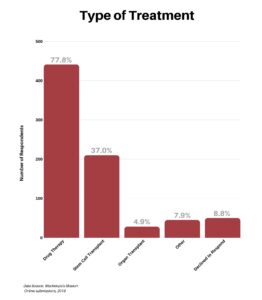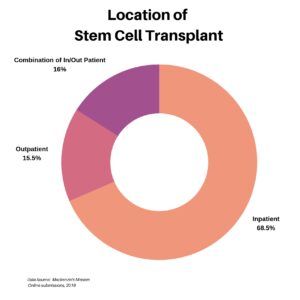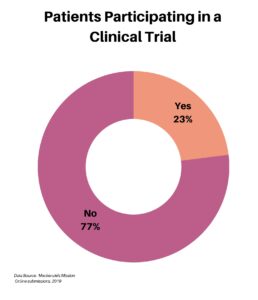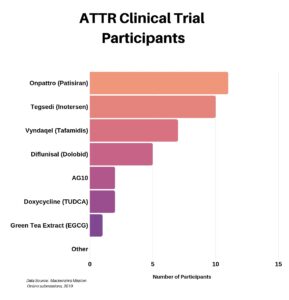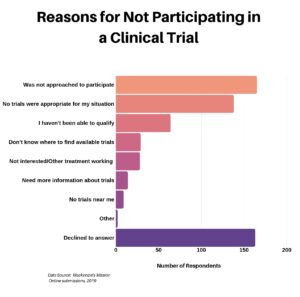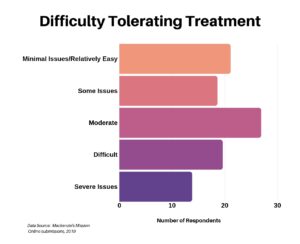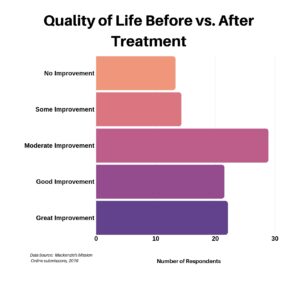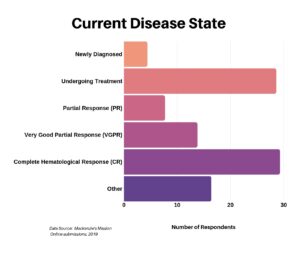
Losing one’s immune system is a serious consequence of a stem cell transplant, putting the body at risk for viral, fungal, and bacterial infections. Rebuilding the body’s immune system is a key part of the recovery.
LOSING ONE’S IMMUNE SYSTEM FROM A STEM CELL TRANSPLANT
A stem cell transplant (SCT), whether autologous or allogeneic, begins with chemotherapy, which is intended to eradicate problematic cells. Especially when administered in high doses, chemotherapy damages the bone marrow, leaving it unable to produce enough red blood cells, white blood cells, and platelets for a period of time – hence the reason for the re-infusion (or transplant) of stem cells. Following the transplant, the body begins to re-establish its cell production.
This killing of white blood cells severely compromises the body’s immune system, making the body vulnerable to even the tamest of infections and diseases for a period of time. And while infection remains the leading cause of post-transplant complications, protection against vaccine-preventable infections also a priority. Rebuilding the immune system is, therefore, paramount to recovery.
REBUILDING THE IMMUNE SYSTEM
Rebuilding the body’s immune system happens in two ways:
1) Immune Reconstitution. After the transplant, the body begins to naturally rebuild its immune system. White blood cells typically take between 21 to 28 days to return to a near-normal level, with B- and T-cell recovery taking approximately one to three months post-transplant. Healthcare providers will closely monitor this, as the trajectory of recovery can vary from patient to patient. For example, according to the Fred Hutchinson Cancer Research Center, after chemotherapy, the immune system recovery can be slower than believed, in some cases upwards of nine months, particularly in smokers.
2) Revaccination. Vaccination is an important process used to prevent many infections and reinstate, prolong, and/or extend immunity. The process typically begins one-year post-SCT and spans approximately twelve months.
CARE DURING THE REBUILDING PERIOD
During the recovery process, it is important that patients and those in frequent contact are more cautious. Some things to consider include:
- Get minor symptoms checked out, as they could turn into something more serious
- Get revaccinated
- Avoid disease “hot spots”
- Stay active and eat well
- If a smoker, try to quit
REVACCINATION PROCESS
The topic of revaccinating SCT patients isn’t entirely straightforward. Repeat vaccinations or boosters are often crucial in reinstating, prolonging, and/or extending immunity. Patients can be tested beforehand to find out which vaccines are needed and which ones are not required due to adequate antibody levels in the blood. This is determined through a simple blood test known as a titer. Vaccines would then only be given if the titers show a lowered or absent level of protective antibodies for the disease.
Distinguishing live virus vaccines from inactivated vaccines is taken into consideration when planning the revaccination process. Patients who are immunosuppressed, including post-transplant patients, should wait at least 24 months post-SCT and until they are no longer receiving immunosuppression, free from graft-versus-host disease (GVHD), and have immunologic response before receiving live vaccines. Live virus vaccines use the weakened (attenuated) form of the virus. Inactivated vaccines are made from the killed version of the germ that causes a disease. Live virus vaccines are used to protect against:
- Measles, mumps, rubella (MMR combined vaccine)
- Live attenuated influenza vaccine
- Oral (Sabine) polio
- Rotavirus
- Smallpox
- Yellow fever
- Typhoid
- Chickenpox/Shingles (Varicella)
The typical timeline begins one-year post-SCT and extends for 12 months. It may be adjusted by healthcare professionals due to patient-specific factors such as pregnancy or active graft-versus-host disease (GVHD). Vaccinations are typically given at the following timepoints:
- 12 months post-SCT
- 14 months post-SCT
- 16 months post-SCT
- 24 months post-SCT
It is important to be aware that SCT recipients may remain immunocompromised far beyond two years post-transplant, especially individuals with chronic GVHD. Therefore, transplant patients should have their titers monitored and be appropriately revaccinated until they regain immune competence.
“HOT SPOTS” TO AVOID
Time is required to rebuild an immune system – on average two years post-SCT. This necessitates that patients be mindful of what they could be exposed to in regions that they are considering visiting. “Hot spots,” or locations which exhibit an above-normal level of disease existence, are particularly problematic to those with a compromised immune system. According to the Center for Disease Control (CDC), many developing and emerging countries demonstrate a notable level of outbreak of diseases including yellow fever, typhoid, mumps, and measles. Having said that, diseases can transcend boundaries due in part to the ease of global mobility. Per the CDC, several northeastern states in the U.S. have a high level of reported mumps cases, and mumps remains a common disease in areas such as Europe, Asia, the Pacific, and Africa. Interestingly, according to a recent study published by the Public Library of Science, a number of American states and metropolitan areas are vulnerable to become a “hot spot” with an outbreak of a vaccine-preventable disease from children whose parents opted out of vaccination. Being aware of such “hot spots,” both domestically and abroad, is important.
CONCLUDING THOUGHTS
Healthcare professionals skilled in administering different types of chemotherapies and stem cell transplants are key to monitoring and guiding patients through the rebuilding of their immune system. They will provide details with regards to the timeline and process for revaccination, ensuring patient-specific considerations are incorporated. It is important, though, for patients to understand the rebuilding of their immune system is a process that typically spans two years, during which they should maintain an appropriate level of awareness and caution.
Sources: Journal of the Advanced Practitioner in Oncology, Fred Hutchinson Cancer Research Center, Be The Match, MD Anderson Cancer Center, CNN, CIBMTR, American Society of Hematology, Center for Disease Control, Public Library of Science (PLOS).

